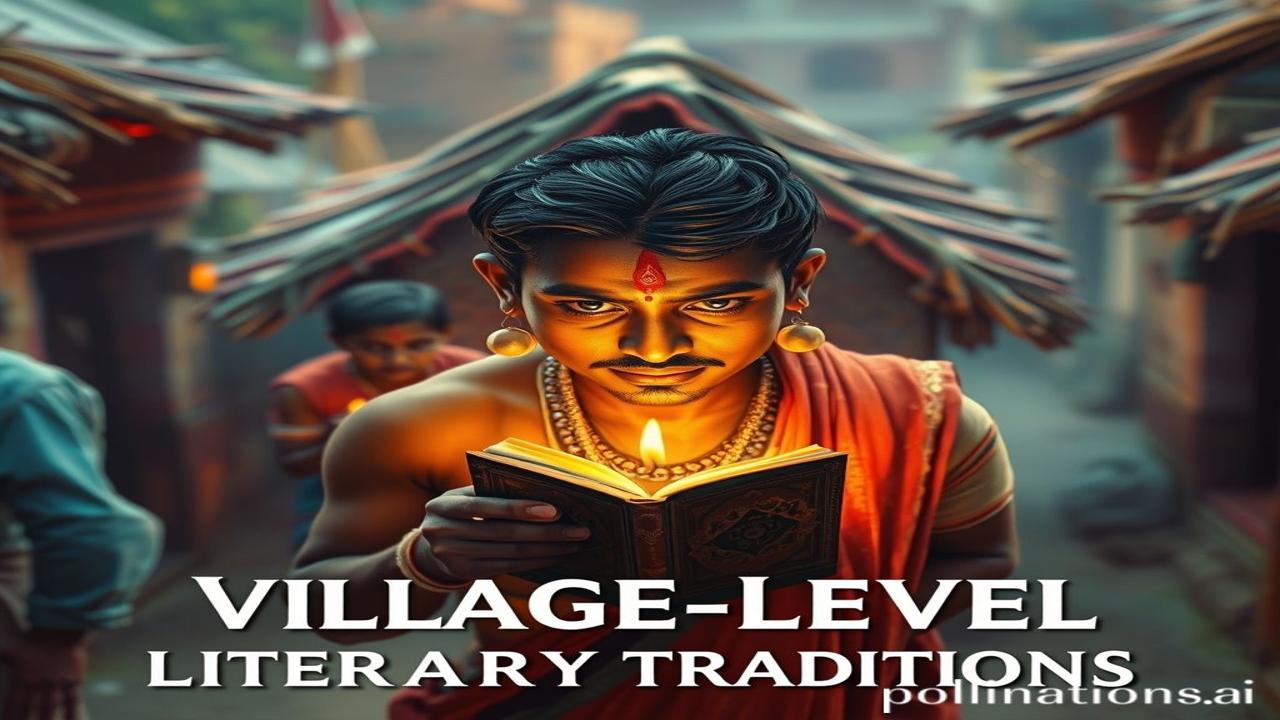Gaon Swaraj: Khoya Hua Itihas Ya Umeed Ka Diya? (Village Self-Governance: Lost History or a Beacon of Hope?)
Kabhi kabhi main sochta hoon, kya hota agar Bharat ke har gaon mein, apne decision khud lene ki shakti hoti? Imagine, ek aisa Bharat jahan panchayats, sach mein, raja ki tarah hoti – lekin logon ki seva karne wali, unki aavazon ko sunne wali. Kya yeh sirf ek sapna hai, ya phir humare itihas mein iski koi jhalak milti hai? Chaliye, waqt ki nadee mein dubki lagate hain aur khojte hain, “Gaon Swaraj” ki kahani.
Kya Hai Yeh “Gaon Swaraj”? (What is “Gaon Swaraj”?)
Gaon Swaraj, simply put, means self-governance at the village level. Yeh concept Mahatma Gandhi ne aage badhaya, ek aisa Bharat jahan gaon, khud ke mamlon mein independent ho, aur apni zaruraton ko khud samjhe aur poora kare. Lekin, is concept ki roots bahut purani hain. Ancient India mein, gaon, ek tarah se apne aap mein ek unit hua karte the, jahan panchayats sabhi important decision leti thi – land disputes se lekar, festivals tak. Mughal aur British rule ke dauran, is system ko thoda daba diya gaya, lekin yeh puri tarah se kabhi khatam nahi hua.
The idea is deeply connected to Bharatiyata. It’s about acknowledging the collective wisdom and capability residing in our rural communities. Think of it as “power to the people,” but specifically, “power to the villagers.”
Panchayat: The Heart of Village Life
Imagine a village, say 300 BC. The panchayat, typically comprised of respected elders, sits under a giant banyan tree. Dhoop ki garmi mein bhi, unke chehre par ek gambhirta hai. They’re discussing a dispute over irrigation water. Ma Rukmini, a farmer whose fields are drying up, pleads her case. Pandit Ji, the village priest, recites shlokas emphasizing dharma and justice. Eventually, a solution is reached – fair water distribution for all. This was how life worked, the village council making decisions for the collective good.
“Dekho, gaon toh ek parivar hai,” Pandit Ji kehte the. “Aur panchayat, parivar ke buzurg.”
Aaj Ka Gaon Swaraj: Kitna Sach, Kitna Sapna? (Gaon Swaraj Today: How Much Reality, How Much Dream?)
Aaj, humare constitution mein panchayati raj institutions (PRIs) hain. 73rd Constitutional Amendment Act of 1992 ne PRIs ko ek constitutional status diya, jisse unhe aur shakti mili. Lekin, kya yeh sach mein Gaon Swaraj hai? It’s complicated.
While on paper, panchayats have considerable powers in areas like education, health, and agriculture, the reality on the ground can be different. Often, they lack adequate funds and the authority to truly implement their decisions. Plus, social hierarchies and political interference can hinder their effectiveness.
However, there are success stories too. Many panchayats across India are doing incredible work in areas like water conservation, renewable energy, and women’s empowerment. They are proving that Gaon Swaraj is not just a dream but a real possibility.
Fun Fact Ya Myth-Buster: Gaon Swaraj Aur Modernity (Gaon Swaraj and Modernity)
Log samajhte hain ki Gaon Swaraj ka matlab hai backwardness. Lekin asli sach yeh hai ki Gaon Swaraj ka matlab hai sustainability aur self-reliance. Imagine villages powered by solar energy, using organic farming practices, and providing quality education and healthcare to all. This is the vision of Gaon Swaraj in the 21st century – a blend of traditional wisdom and modern technology.
Dhrohar Aur Pehchan: Gaon, Humari Root Hai (Heritage and Identity: Village, Our Root)
Today, even as we rush towards urbanization, the essence of Gaon Swaraj lives on. We see it in community kitchens during festivals, in the resilience of farmers facing droughts, in the collective efforts to clean up our villages. It’s a reminder that our roots lie in the soil of rural India, and that sustainable development must begin at the grassroots level.
Antin Vichar: (Closing Thoughts)
The air in a village, after the monsoon, smells of wet earth and jasmine. The temple walls, worn smooth by centuries of touch, radiate a quiet strength. The sounds of laughter and temple bells fill the streets. These are the echoes of our past, the seeds of our future. Gaon Swaraj is not just a political concept; it’s a way of life, a deep connection to our heritage, and a promise of a more just and sustainable future.
“ग्रामे ग्रामे नवा नीतिः, ग्रामे ग्रामे नवा स्थितिः” – In every village, a new policy; in every village, a new situation. Let’s empower our villages to create their own new realities.
